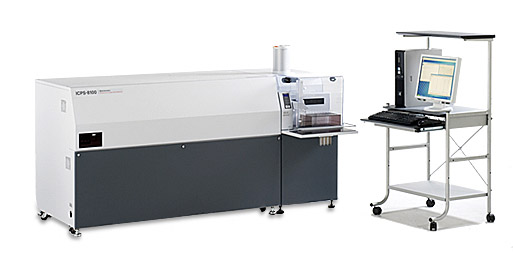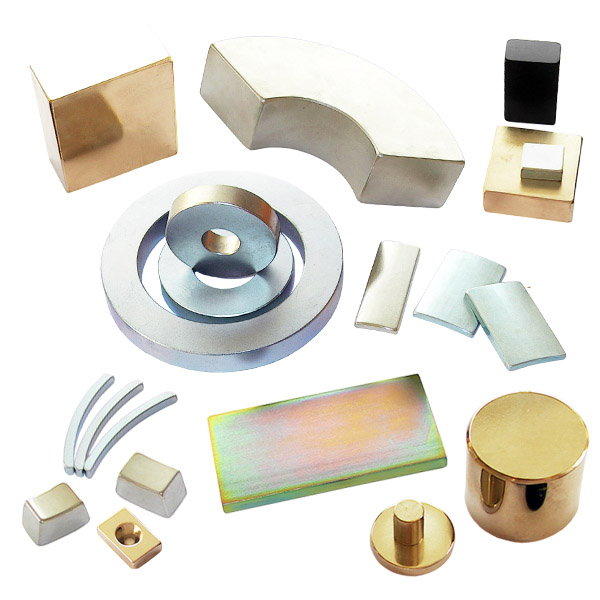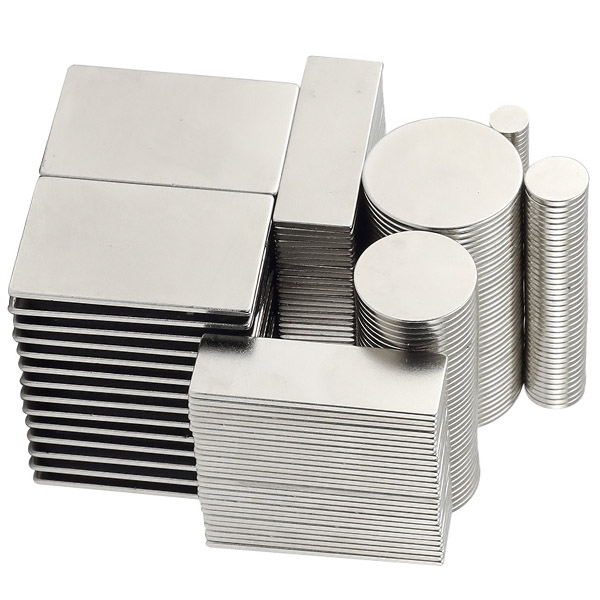Chemical composition analysis of neodymium iron boron (ICP atomic emission spectrometry analysis)

The chemical composition analysis of NdFeB materials generally includes:
1- The chemical composition analysis of raw materials, including the chemical composition of rare earth metal raw materials, as well as the chemical composition of industrial pure Fe, B-Fe alloy and other metals, such as Ga, Al, Nb, Zr, etc.;
2- The chemical composition of the magnet. When an unknown magnet or magnet has a problem, it needs to be analyzed. If the product quality is normal, it is not necessary to analyze it. The chemical composition of the magnet includes rare earth metal elements, such as Nd, Pr, Ce, Dy, Ho, Gd, Tb, etc., and other metal elements, such as Cu, Al, Nb, Zr, Ga, Co, Ti, etc.;
3- Content analysis of other non-metal elements, such as hydrogen, oxygen, carbon and other elements.
The composition analysis of NdFeB is the same as that of steel materials and non-ferrous metal materials, including traditional analysis methods and modern physical analysis methods.
The traditional analysis method is to use the color, quality and volume change of the reactant produced by the chemical reaction of a certain element in the material with a certain substance for chemical analysis. This method is laborious and personal experience has a significant impact on the analysis results, and it has been rarely used in the quality monitoring of NdFeB materials.
Modern physical analysis methods mainly use the wavelength and intensity of the emitted spectral lines when the electrons in a certain element atom are beating in different shells to analyze the elements and content contained in the material. Modern physical analysis methods mainly use instruments for analysis, which can analyze multiple elements at the same time. The analysis speed is fast, but the cost is also high. There are three main types of modern physical analysis methods: plasma spectroscopy, atomic absorption spectroscopy, and atomic fluorescence spectroscopy. In the composition analysis of steel materials, rare earth metals and compound materials, and rare earth permanent magnet materials, plasma spectroscopy is more commonly used.

ICP atomic emission spectrometry analysis
ICP emission spectroscopy is an analysis method that combines inductively coupled plasma (ICP) and atomic emission spectroscopy (AES). It is abbreviated as ICP-AES spectroscopy and simplified as ICP emission. Spectral analysis.
1. Basic Principles
The emission spectrometer is based on the atoms or ions of the element to be measured, which are excited in the light source to generate characteristic radiation. By judging the existence and intensity of these characteristic radiation, each element can be qualitatively and quantitatively analyzed.
The ICP emission spectrum analysis process is mainly divided into three steps, namely emission, spectroscopy and detection.
Use the plasma emission light source (ICP) to vaporize, dissociate or decompose the pattern into atomic states. The atoms may be further ionized into ionic states, and the atoms and ions are excited to emit light in the light source;
Use a spectrometer to decompose the light emitted by the light source into a spectrum arranged by wavelength;
Use photoelectric devices to detect spectra, qualitatively analyze the pattern according to the measured wavelength, and perform quantitative analysis according to the emission intensity.
2. Analyzable elements and application scope
Of the 109 elements in the periodic table, 74 elements can be measured by ICP emission spectrometer, which includes 3d, 4d, 5d transition metals and La series rare earth metals. The undetectable elements include fluorine, helium, noble gas elements, carbon elements, Oxygen, nitrogen, hydrogen and all radioactive elements.
Constant analysis (0.x%~20%), microanalysis (0.00x%~0.0x%), trace analysis (0.0000x%~0.000x%, but separation and enrichment are required) for measurable elements, However, elements whose content is more than 30% cannot be analyzed.
3. Types of ICP emission spectrometer
ICP emission spectrometers are divided into three categories according to the excitation type and detection system:
* Inductively coupled plasma emission spectrometer (ICP for short), including sequential scanning type, multi-channel simultaneous type, full-spectrum direct reading type, etc.
* Spark/arc direct-reading spectrometer, referred to as direct-reading spectrometer, includes large and portable two types
* Spectrograph


